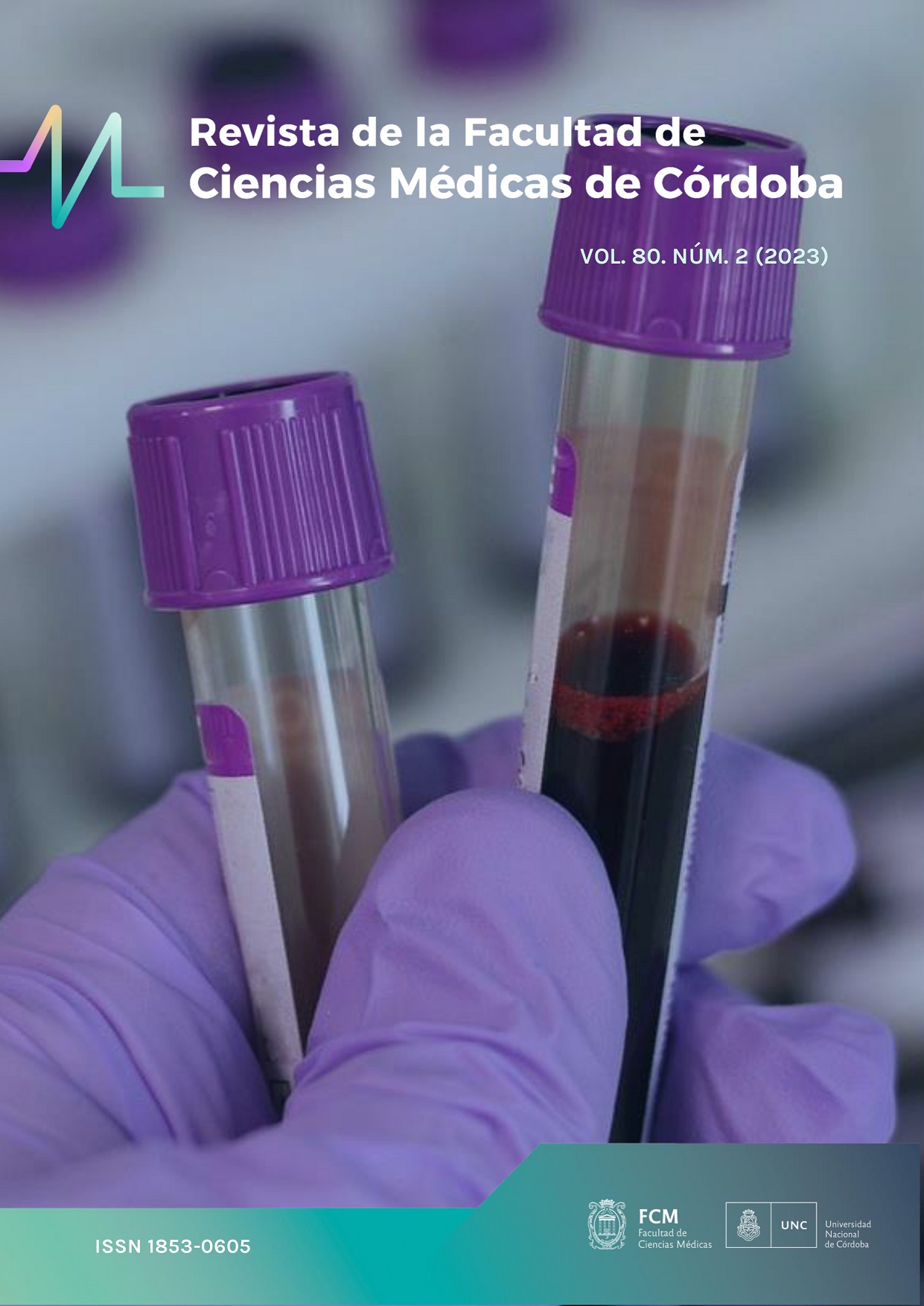Dermoid cyst of the floor of the mouth: Case report
Keywords:
cyst dermoid mouth child ranulaAbstract
The dermoid cyst (DC) originates from epithelial cells trapped during the closure of the embryonic processes that form the floor of the mouth. They are classified medial and lateral, which can affect one or both sides. It is observed especially in the 2nd and 3rd decades of life. Unlike DCs seen elsewhere, those of the floor of the mouth occur sporadically at birth. Clinically it presents as a fluctuating mobile mass on palpation. The growth is slow and painless. Because they are located in soft tissues, conventional radiographic examination is not very demonstrative. Pathological anatomy is fundamental in the diagnosis. The treatment is surgical and, once extirpated, it does not recur with some exceptions.
Case report: an 8-year-old girl presenting with pain and swelling under the tongue, difficulty in swallowing and speech. Intraoral examination showed a medial tumefaction in the anterior third of the floor of the mouth, with a soft consistency and a size of 25 mm in diameter. The presumptive diagnoses were dermoid cyst and ranula. The lesion was removed. Macroscopy: cyst of 25 mm. in diameter fixed in formaldehyde. The cut showed an elastic wall of 1 mm. thick and light yellowish pasty content. It presents smooth internal surface, with no evidence of papillae or solid areas. The microscopic study showed skin with hyperkeratosis, sebaceous glands, sweat glands and hair follicles. No immature tissues or malignancy criteria were observed. The differential diagnosis should be made mainly with: ranula, mucocele, obstruction of Wharton's duct, congenital malformations located in the floor of the mouth such as hemangiomas, lymphangiomas, thyroglossal duct cysts, gill cysts and ectopic thyroids. In cyst rupture there are histiocytes, multinucleated giant cells, foreign body granulomas and an inflammatory component. The reason for the present communication is to report a case of DC, due to its infrequent in the oral cavity but with a correct clinical evaluation, even if the preoperative diagnosis although the precise pre-surgical diagnosis, in some cases, is difficult. That is why surgical treatment avoids not only the risk of an infectious and possible malignant, but also makes it possible to reach a definitive diagnosis by histopathological study.
Downloads
References
.
Downloads
Published
Issue
Section
License
Copyright (c) 2024 Universidad Nacional de Córdoba

This work is licensed under a Creative Commons Attribution-NonCommercial 4.0 International License.
The generation of derivative works is allowed as long as it is not done for commercial purposes. The original work may not be used for commercial purposes.











